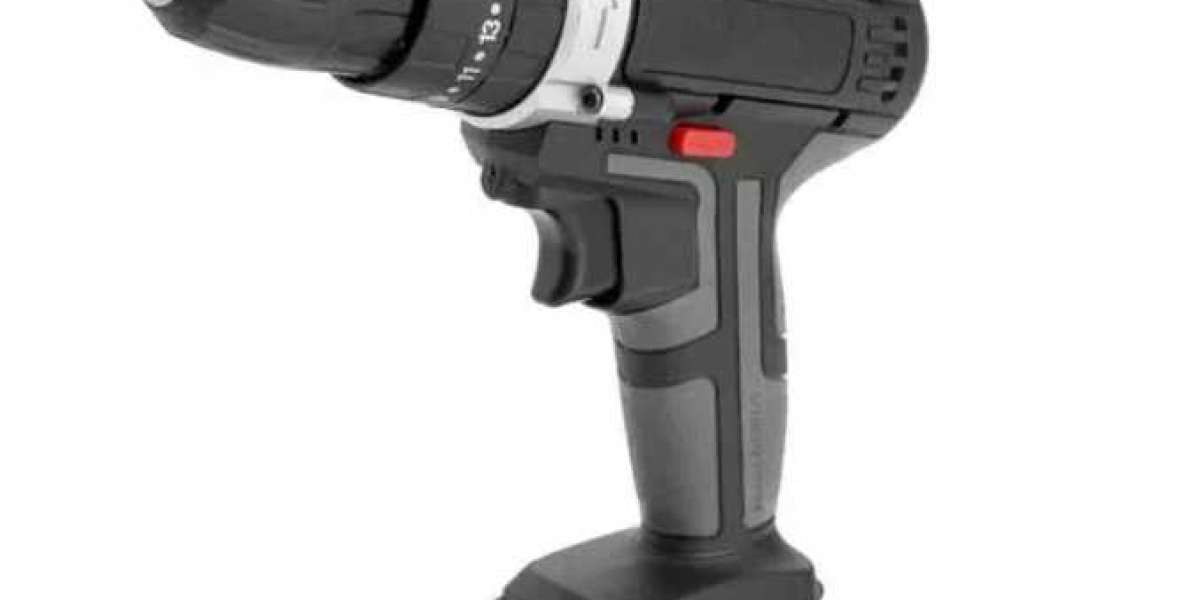Safety barriers are essential features in outdoor environments, used to ensure the protection of people, vehicles, and infrastructure. Whether for playgrounds, public spaces, construction sites, or busy roadways, well-designed barriers provide physical and visual guidance while reducing the risk of accidents. Here’s a look at some of the most effective safety barriers for various outdoor areas and the key considerations for their installation.
1. Types of Outdoor Safety Barriers
a. Fencing and Gates
Fences are one of the most common and versatile forms of safety barriers. They can be made from a range of materials, such as metal, wood, or plastic, depending on the desired level of security and aesthetic appeal. Gates can be installed to allow controlled access.
- Applications: Residential yards, school playgrounds, public parks, and event areas.
- Benefits: Prevents unauthorized access and protects children and pets from wandering into unsafe areas.
- Material Options: Chain-link for visibility, vinyl for aesthetics, or steel for maximum security.
b. Bollards
Bollards are sturdy, vertical posts designed to manage and restrict vehicular traffic while allowing pedestrian movement. They can be either fixed or removable, depending on the level of flexibility needed in the area.
- Applications: Sidewalks, parking lots, storefronts, and high-traffic pedestrian areas.
- Benefits: Protects against accidental or intentional vehicle impact, guiding traffic flow and enhancing pedestrian safety.
- Material Options: Steel bollards for high-impact resistance or decorative bollards for aesthetic appeal.
c. Guardrails
Guardrails are commonly used along roadsides, bridges, and elevated walkways to prevent vehicles or pedestrians from falling into hazardous areas. They are typically made of metal and are built to absorb and deflect impact.
- Applications: Roadways, highways, parking garages, and industrial areas.
- Benefits: Provides a visual and physical barrier to prevent falls and guide vehicles safely.
- Design Considerations: Guardrails should be installed according to the specific traffic or pedestrian needs of the area.
d. Concrete Barriers
Concrete barriers, also known as Jersey barriers, are heavy-duty structures used to block or redirect traffic. They are ideal for construction zones, highways, and areas requiring strong impact resistance.
- Applications: Construction sites, highway medians, and temporary road closures.
- Benefits: Extremely durable and effective at stopping or redirecting vehicles.
- Flexibility: Can be repositioned for temporary setups or left as permanent fixtures.
e. Temporary Barriers and Cones
Temporary safety barriers, like plastic barricades and traffic cones, are used for short-term situations such as roadworks, events, or emergencies. These barriers are lightweight and easily movable.
- Applications: Event management, construction zones, and temporary detours.
- Benefits: Provides flexibility and ease of installation, with options for high-visibility colors and reflective materials.
- Usage Tips: Combine with signage for clear instructions to pedestrians and drivers.
2. Key Considerations for Choosing Safety Barriers
When selecting , it’s important to consider the specific needs and conditions of the location. Here are some factors to keep in mind:
a. Purpose of the Barrier
- Pedestrian Safety: Barriers around playgrounds or public parks should be designed to protect people, especially children, from traffic or other hazards.
- Traffic Control: For roadways or parking lots, choose barriers that can handle the impact and guide vehicles effectively.
- Asset Protection: In urban areas, barriers may be used to protect buildings, storefronts, or outdoor installations from damage.
b. Material Durability
- Outdoor barriers must withstand environmental factors such as UV exposure, rain, wind, and temperature fluctuations.
- Materials like galvanized steel, treated wood, or high-density plastic are commonly chosen for their durability and low maintenance.
c. Visibility and Aesthetics
- High-visibility barriers are crucial in areas where safety is a priority, such as construction zones and busy intersections.
- In residential or public park settings, consider barriers that blend in with the environment while still providing the necessary protection.
d. Flexibility and Portability
- Temporary barriers should be lightweight and easy to move, while permanent barriers should be securely anchored to withstand impact.
- Removable bollards or modular barricades can offer a balance between security and flexibility.
3. Enhancing Safety with Additional Features
In addition to the barriers themselves, consider adding supplementary features to enhance safety:
a. Reflective Elements
- Reflective tape, paint, or embedded lights improve the visibility of barriers at night or in low-light conditions.
b. Signage
- Clear and visible signs can provide instructions or warnings, making barriers more effective for guiding people or traffic.
c. Smart Barriers
- In some urban environments, smart barriers equipped with sensors and automated features can detect and alert for unauthorized access or impact, adding a layer of technological security.
Conclusion
Effective safety barriers are a crucial component of outdoor area management, protecting both people and infrastructure. From simple fences and bollards to robust concrete barriers, each type has its specific applications and benefits. By carefully selecting the right barriers and considering durability, visibility, and the specific purpose of the installation, outdoor spaces can be made safer and more secure.
Whether for pedestrian safety in a public park or traffic control on busy streets, investing in the right safety barriers helps prevent accidents and ensures the well-being of everyone in the area.













